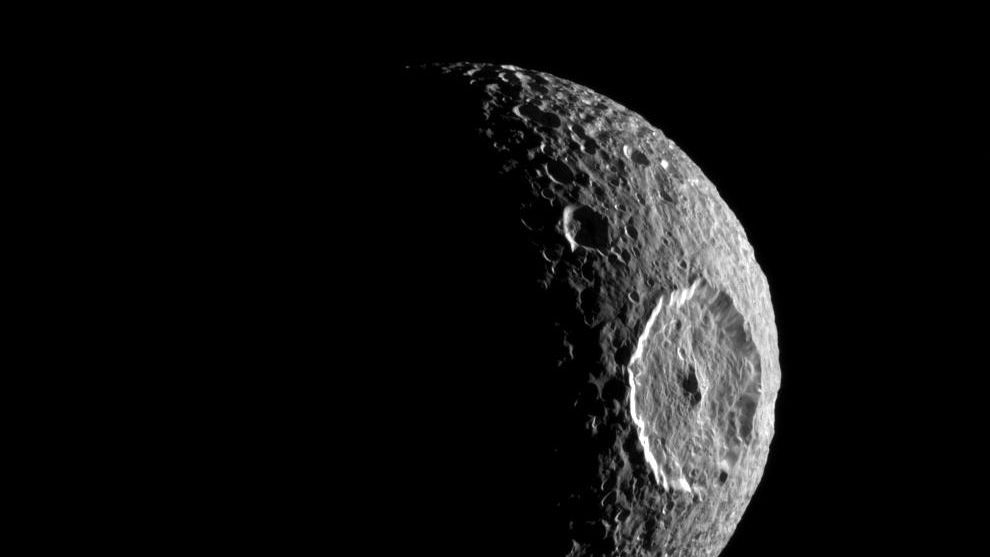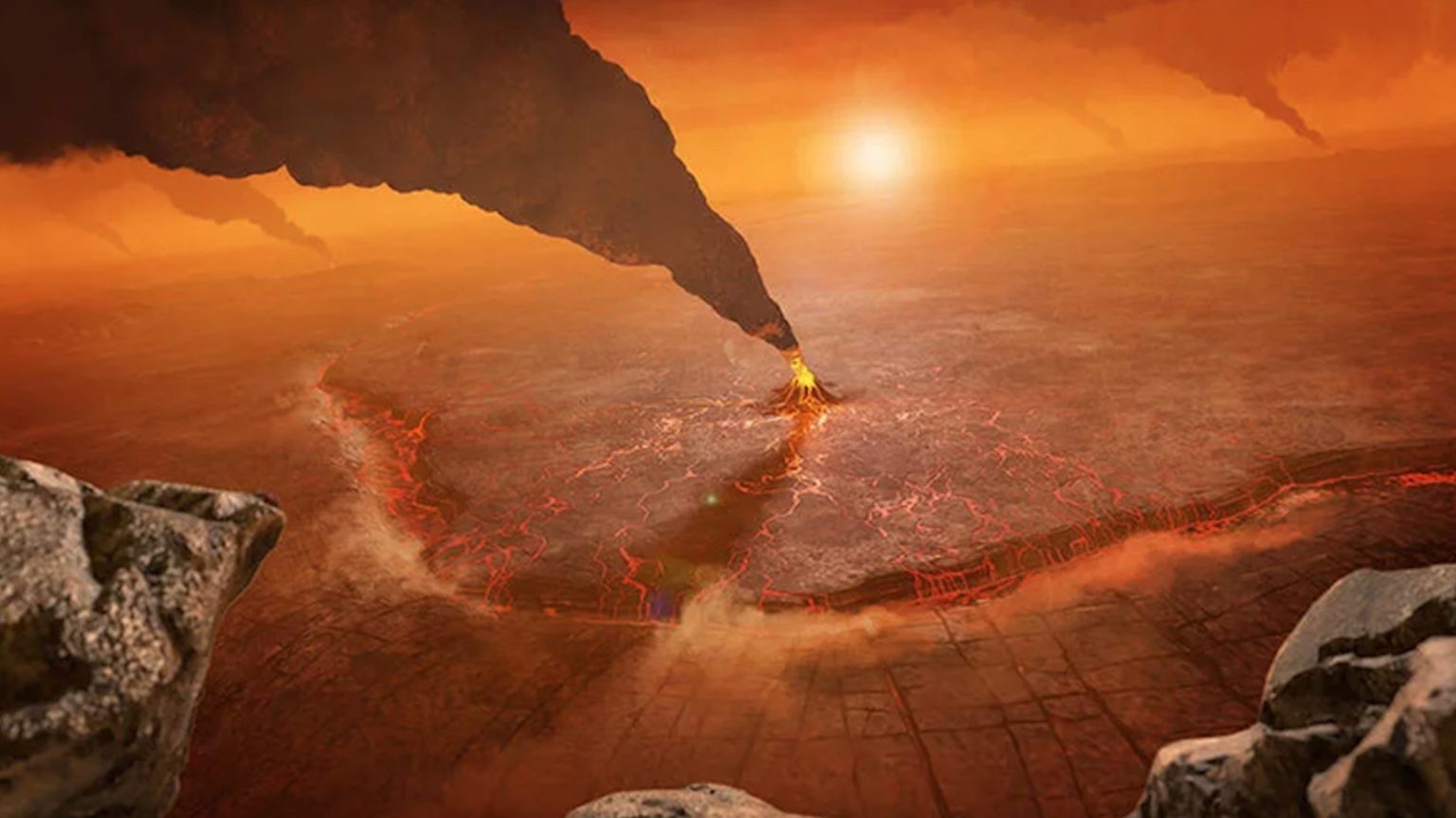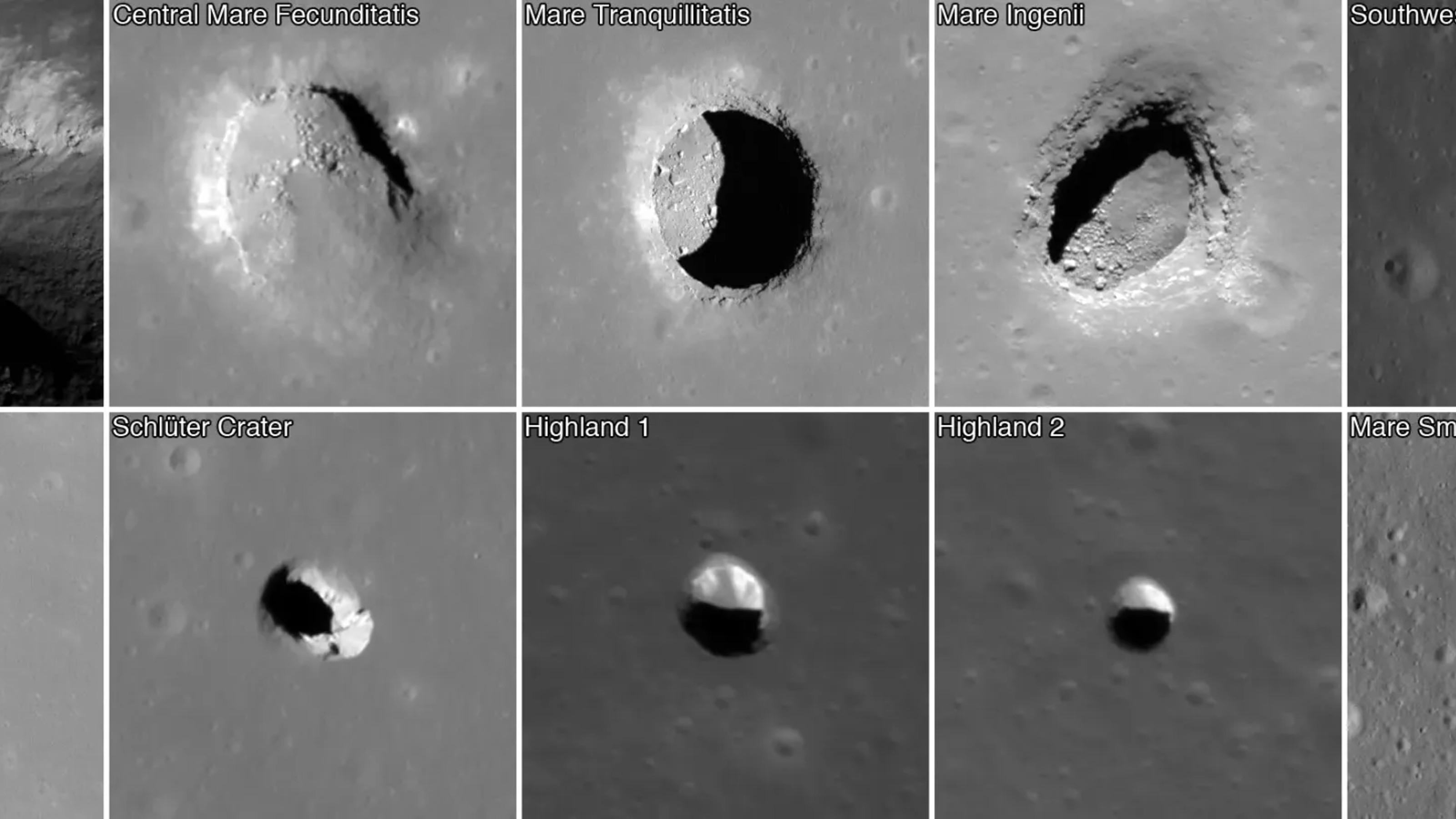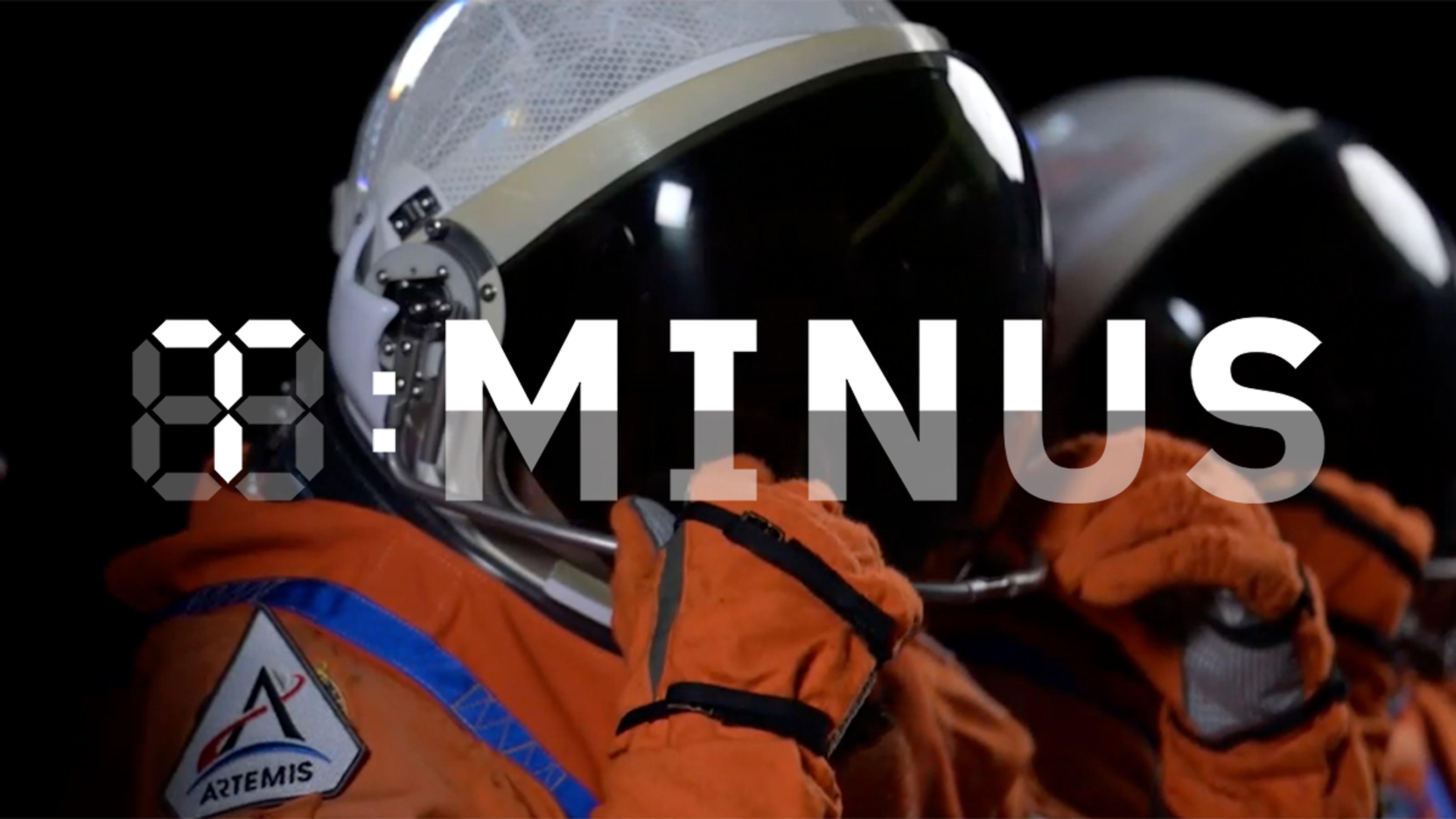The Top 5 Features To Find On The Full Moon
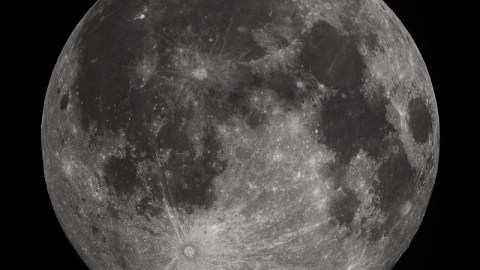
Whether it’s “super” or not, you won’t want to miss this piece of the Universe.
“From out there on the moon, international politics look so petty. You want to grab a politician by the scruff of the neck and drag him a quarter of a million miles out and say, ‘Look at that, you son of a bitch.’” –Edgar Mitchell, Apollo astronaut
The full Moon, the most unique and recognizable sight in Earth’s night sky, tells a remarkable story even to the naked eye. Here are the top five features you can discover for yourself.
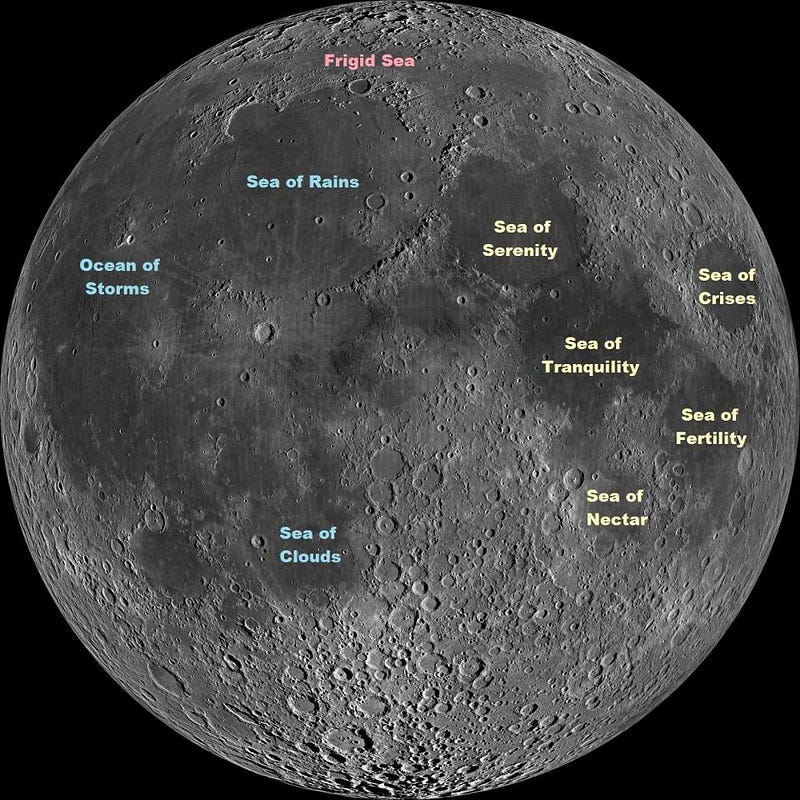
1.) The lunar maria. These dark regions — Latin for “seas” — are solidified lava flows from between 3–3.5 billion years ago: a billion years younger than the majority of the lunar surface. Mare Tranquillitatis contained Apollo 11′s landing site.
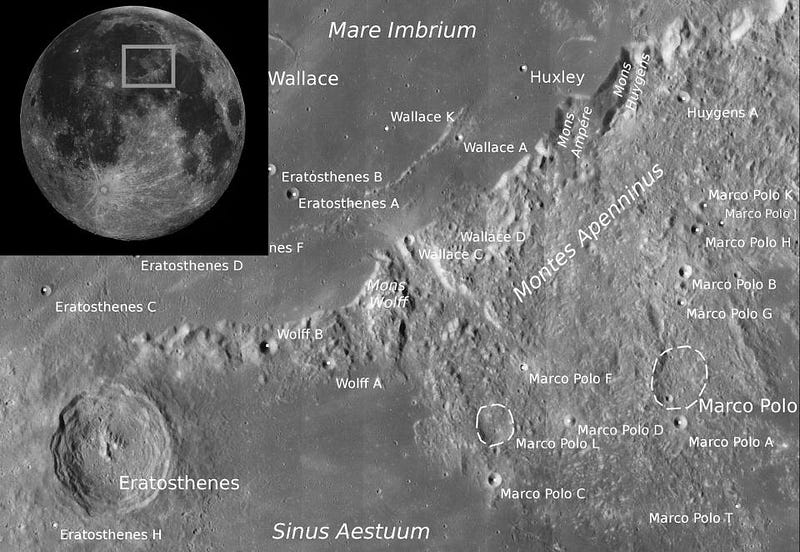
2.) Montes Apenninus. The Moon’s highest mountain range outlines Mare Imbrium, extending for over 400 km. It contains Mons Huygens, the Moon’s tallest mountain, and the Hadley–Apennine valley, where Apollo 15 landed.
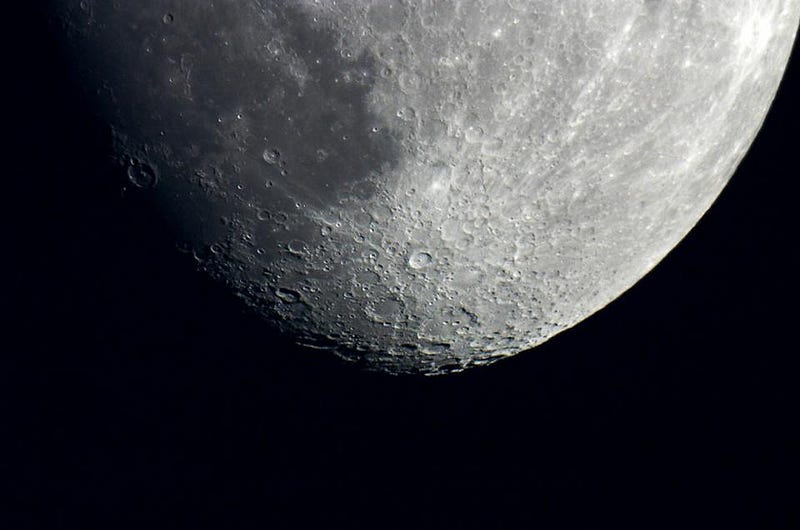
3.) Tycho crater. A highly-reflective impact crater over 100 km in diameter in the southern lunar highlands. Prominent rays emanate from the impact site. Samples collected by Apollo 16 determined Tycho’s young age: 108 million years.
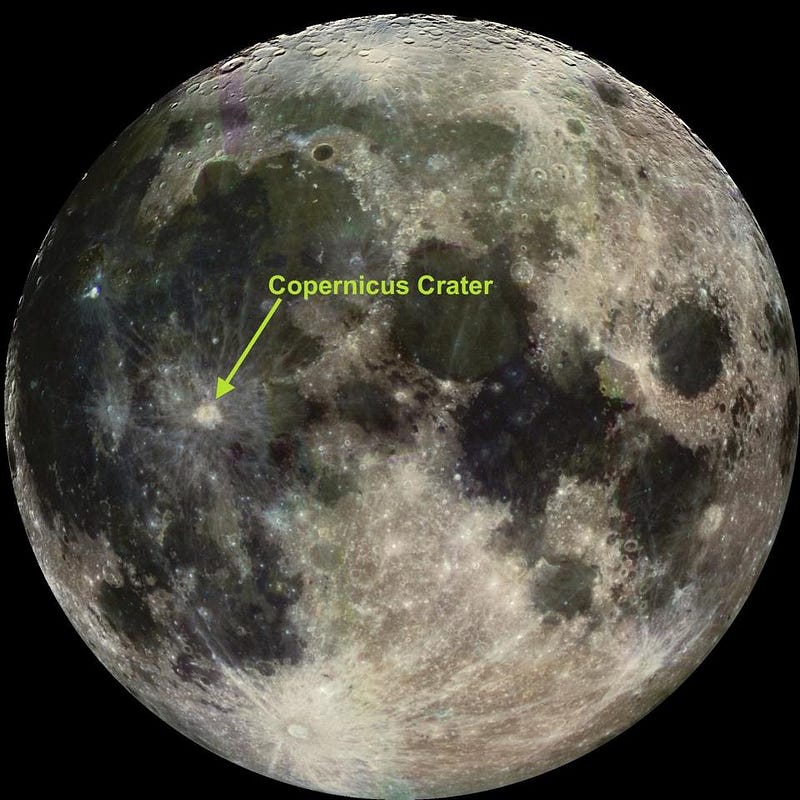
4.) Copernicus crater. Visible as the bright spot amidst the dark maria, Copernicus, at 107 km in diameter, offers the greatest visual contrast of any lunar crater to human eyes.
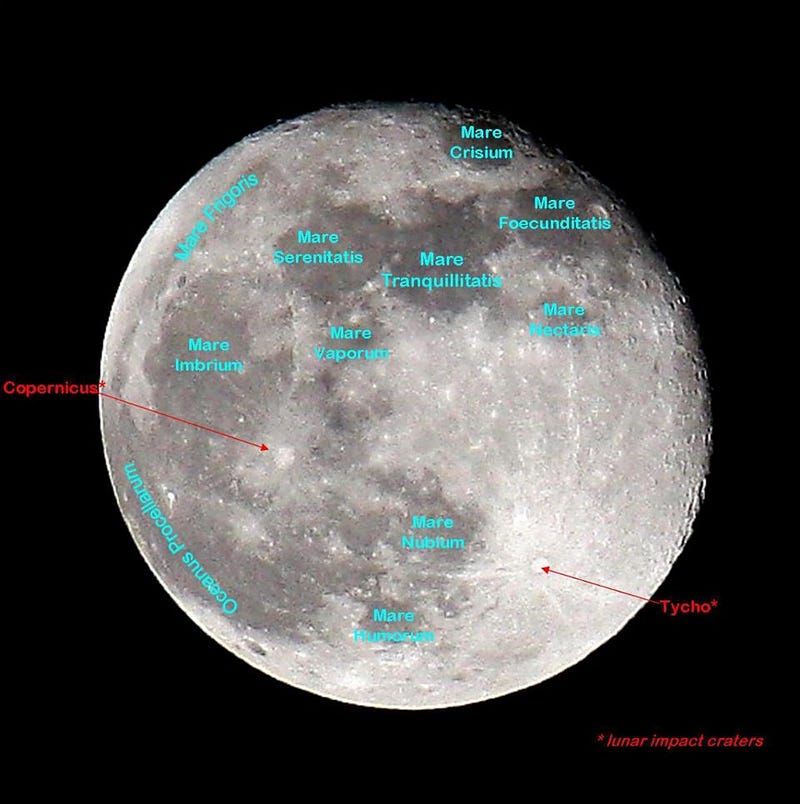
5.) Oceanus Procellarum. The largest of all the lunar maria, it’s the only one designated an ocean. It covers approximately 4 million km2 and contained Apollo 12′s landing site.
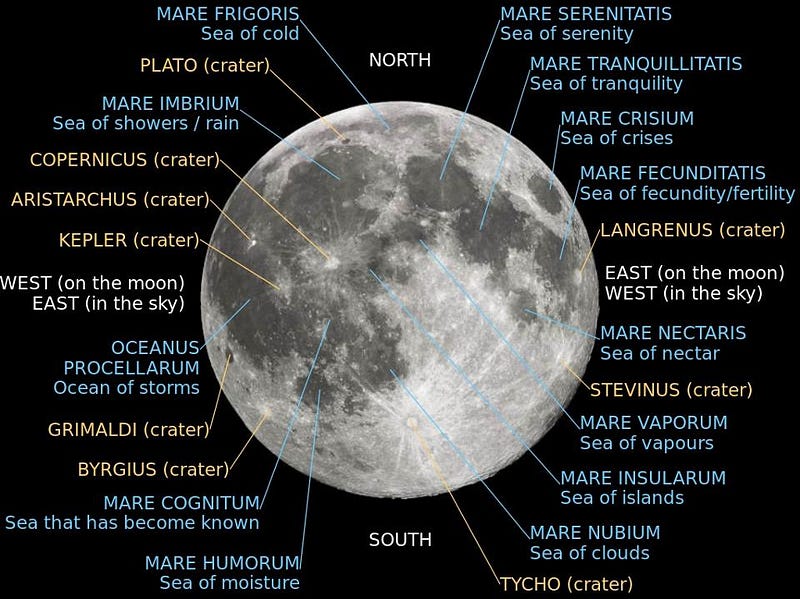
Mostly Mute Monday tells the story of a single astronomical phenomenon or object in visuals, images and video in no more than 200 words. It airs on Tuesday this week due to Ethan’s appearance at Orycon 38!
This post first appeared at Forbes, and is brought to you ad-free by our Patreon supporters. Comment on our forum, & buy our first book: Beyond The Galaxy!

